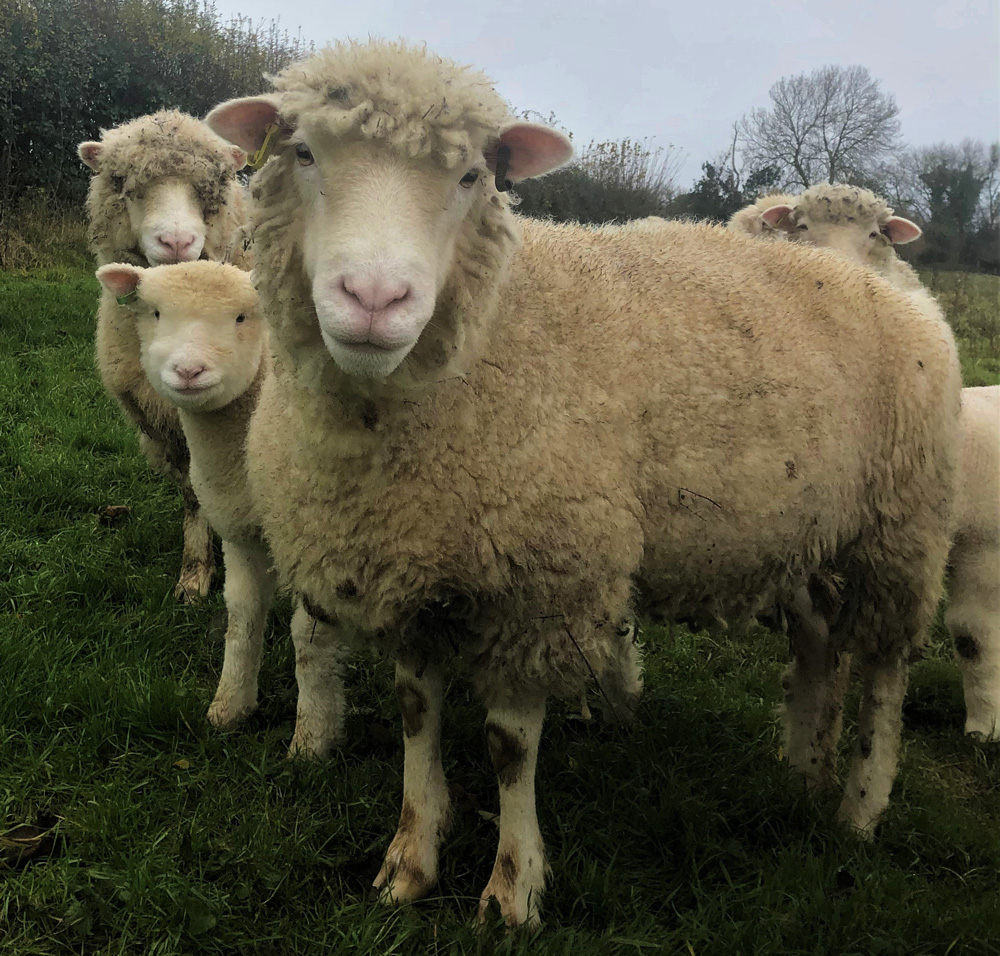The sun is finally shining and there is some warmth in the air as I write this – I really hope it stays! As I’m sure anyone else who works outside all year-round will appreciate, this change in weather comes with great relief. I definitely feel the cold and I am now (almost) ready to stop wearing my woolly hat and move from two pairs of socks to just one, so temperatures must be rising!
The grass is growing and animals are being turned out to pasture. For those with grazing livestock it is important to start planning your parasite control plan with your vet. There are some really useful, free, online resources that you may find helpful. The website cattleparasite.org.uk offers great advice about cattle parasites; SCOPS.org.uk carries up-to-date information for sheep, including a live parasite forecast map, with advice for your specific geographical area.
At the moment one of the biggest risks to lambs is the gut worm Nematodirus battus. The SCOPS Nematodirus forecast map has just updated to red alert in the South-West, which means certain farms will be very high risk. The lifecycle of Nematodirus is unlike that of other gut worms because it follows a specific seasonal pattern, which means you tend to have one generation of Nematodirus per year. It is present on pastures where affected lambs have passed the worm eggs in their faeces during the previous grazing season. The eggs remain dormant over winter. When temperatures exceed 10°C, the larvae that have been developing in the egg hatch out. The cold will delay hatching, but, since we have had a recent cold snap, followed by a rapid rise in temperature, peak hatching is now likely to occur, with the potential for exposure to heavy infestations over a short period of time. Any lambs over six weeks of age will be grazing significantly and will therefore be at risk. The ingested larvae cause damage to the small intestine, leading to diarrhoea, dehydration and death.
Lambs will be most susceptible since they have no natural immunity to Nematodirus, although it is rare to see problems in adults. Mortalities can occur in high numbers (up to 30% of lamb crops) and surviving lambs will have stunted growth, so it is important to remain vigilant at this time of year.
Each farm will be different, and the risk will even vary between fields, due to the grazing history and topographical variations. Because the eggs only survive for a year, the lifecycle can be broken by ensuring that lambs do not graze the same area year-on-year. Only lambs grazing fields that had lambs in last year will be at risk from Nematodirus. South-facing fields will experience earlier hatches, while higher altitudes will have delayed hatching – an increase in altitude of 100 metres will delay hatching for a week.
The damage is often done by the larvae before they develop into mature, egg-producing adult worms. This means that lambs will be sick or even die before any worm eggs are detectable in their faeces. This is why, unlike when monitoring and treating other parasites, we base Nematodirus control and treatment plans on the SCOPS forecast and farm history rather than worm egg counts.
If your lambs are at risk then either move them to a field that was not grazed by lambs last year, or treat them with a white drench (BZ) under the guidance of your vet.
For more information or advice on parasite control please do not hesitate to call us at Friars Moor Livestock Health on 01258 472314.
By Alice Miller BVSC DBR MRCVS
Friars Moor Livestock Health










Leave a Reply